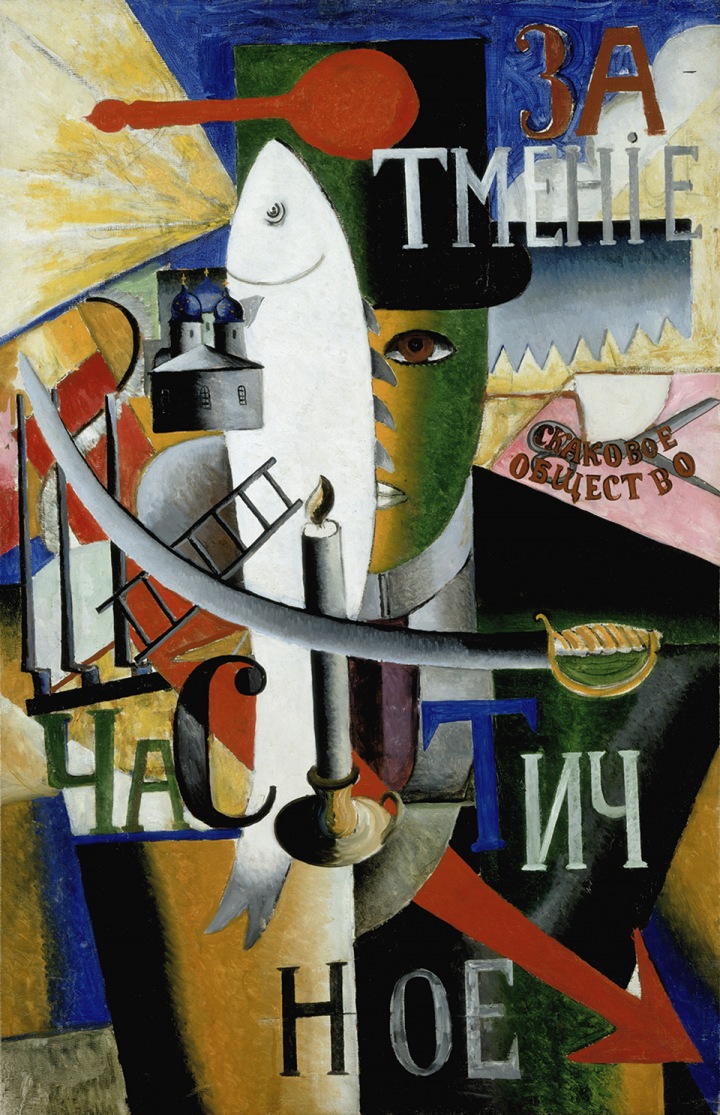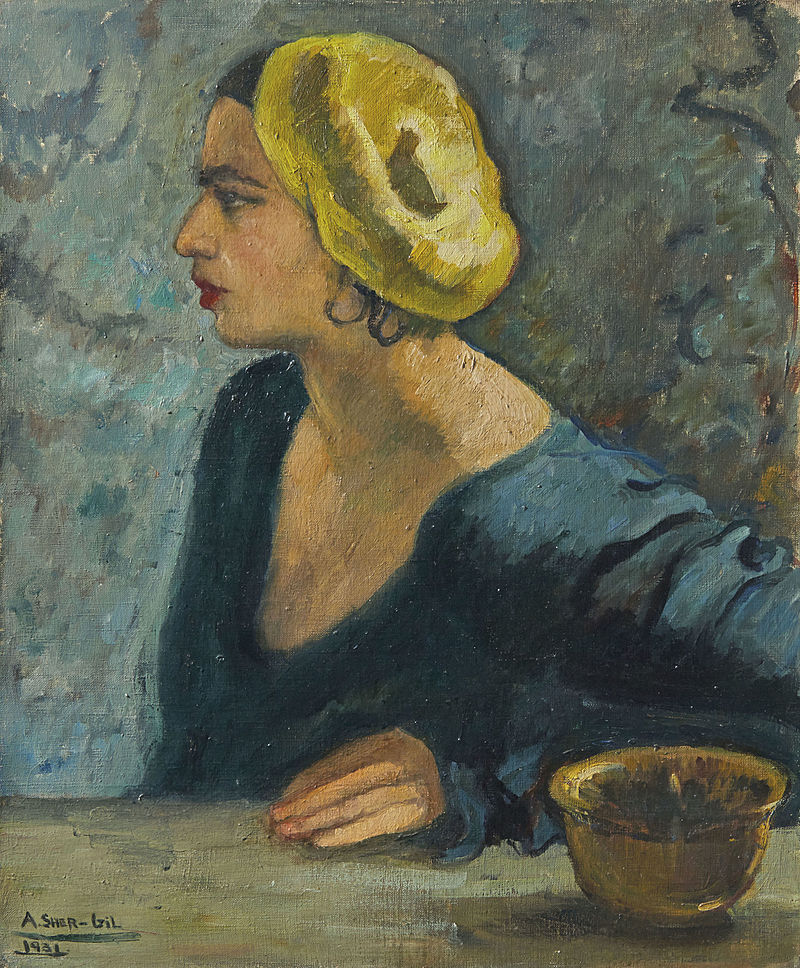
An example of pictorialist photography. Marie Høeg and Bolette Berg, Marie Høeg og Bolette Berg i båten, ca. 1895-1903. Preus Museum, Norway.
Reader question: “My question is related to photography. More specifically movements in photography. For example, in paintings we have romanticism, surrealism, minimalism, etc. Are there anything similar in photography or are there anything specific to photography in this regards?”—asked by Phaisal
That’s a great question, and my short answers are: yes, photography was often part of those art movements (once it was invented), but also, yes; there are a couple of movements that are specific to photography.
(Sidenote: “Art movements” are often there to help us understand a large range of influences, aims, and styles that were happening in a certain period of time, but it’s also of course true that not all art belonged to a movement. In this early blog post, I answered the question “Are all artists and their works classified as part of a particular movements?”, which could be useful reading for this topic as well.)
- Photography in ‘non-photography’ art movements
Read More









